Customer Retention | Mar 31, 2023
6 Common Loyalty Program Pitfalls (And How To Solve Them)
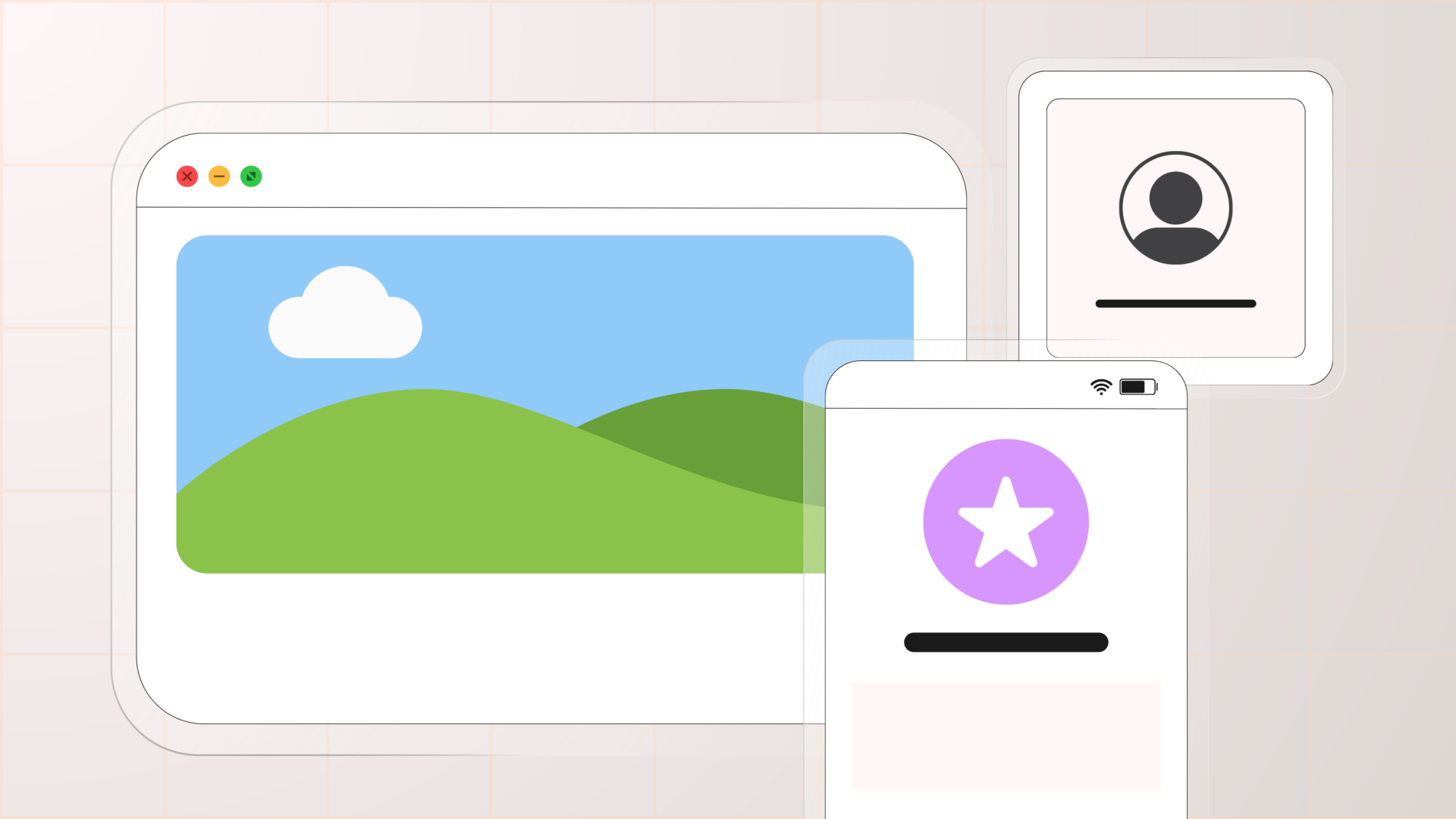
table of contents
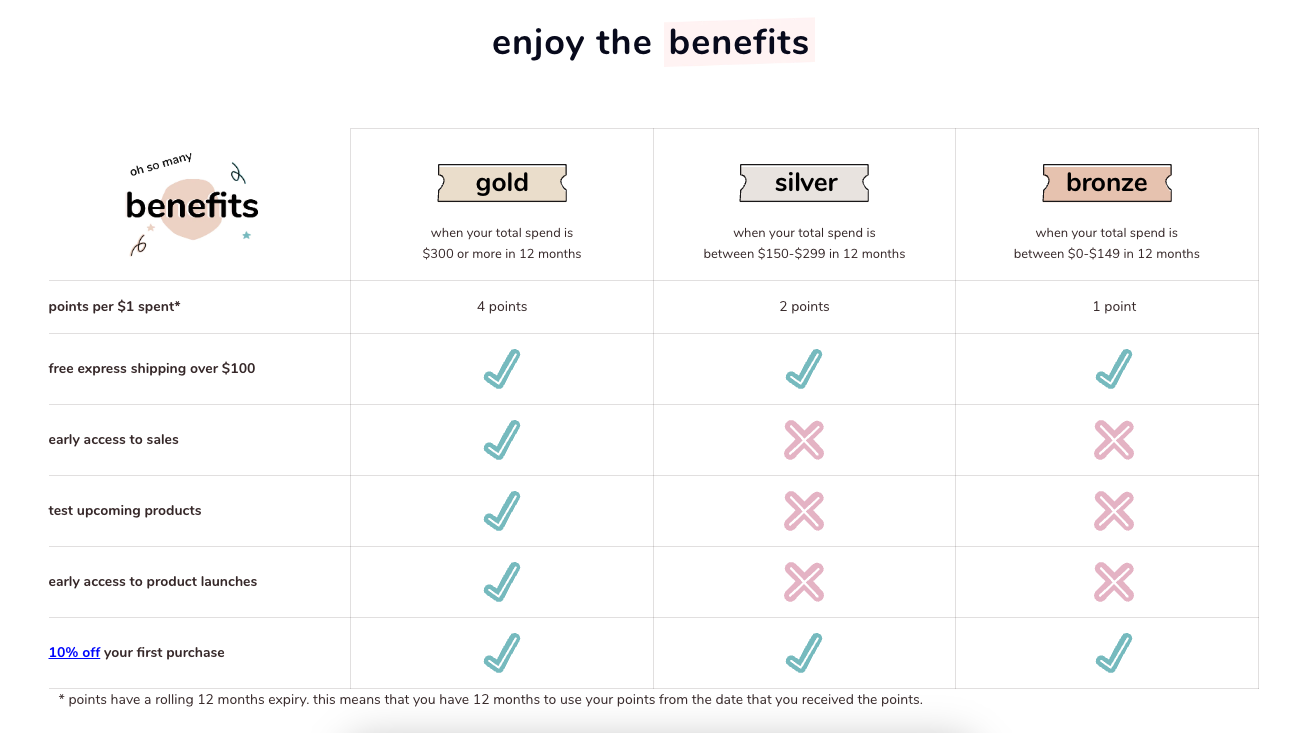
Georgiemane's VIP Tiers with Stamped Loyalty
- undefined
- undefined
- undefined
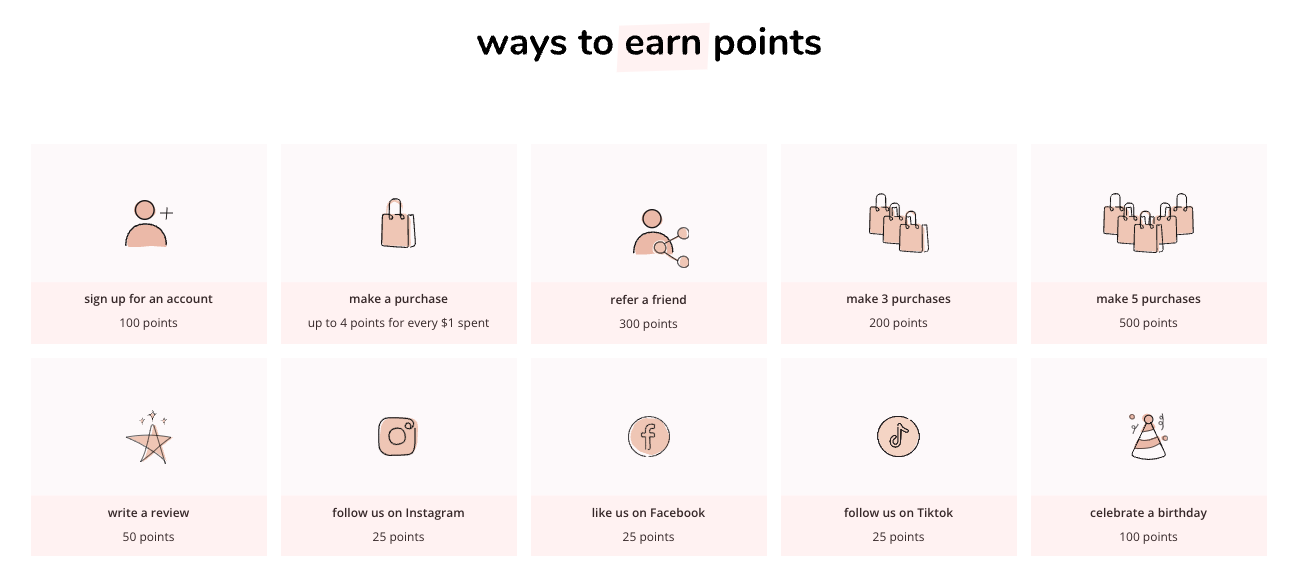
Georgiemane's loyalty activities with Stamped Loyalty
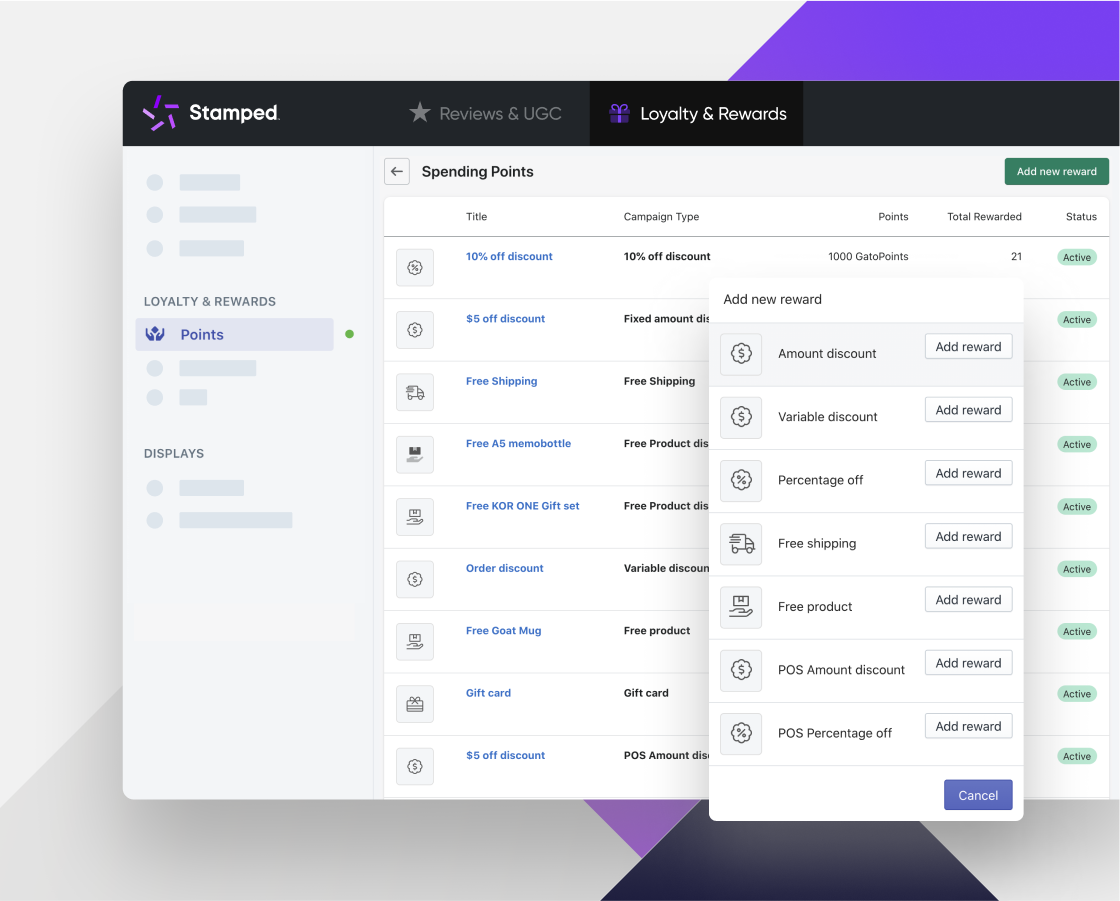
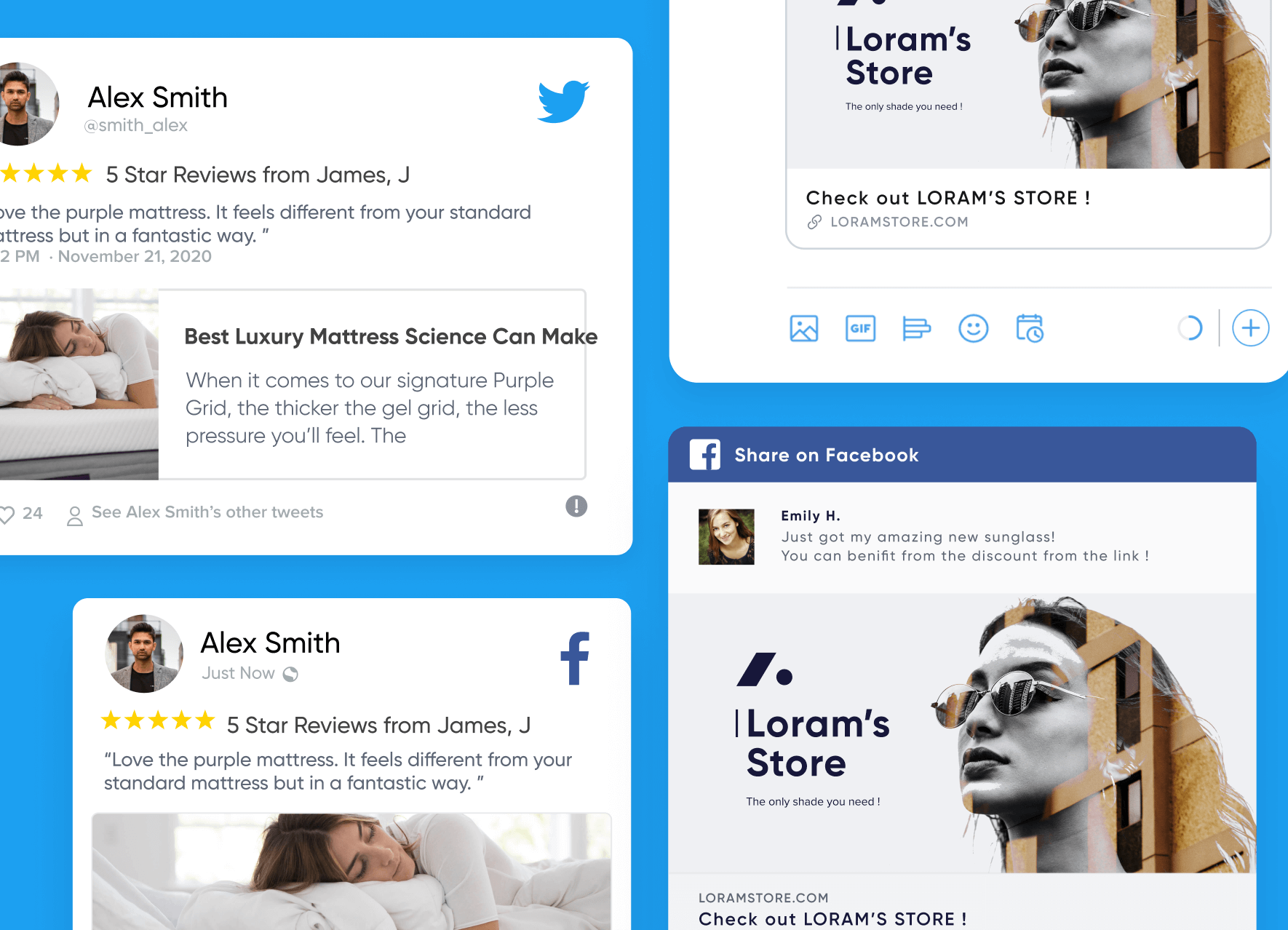
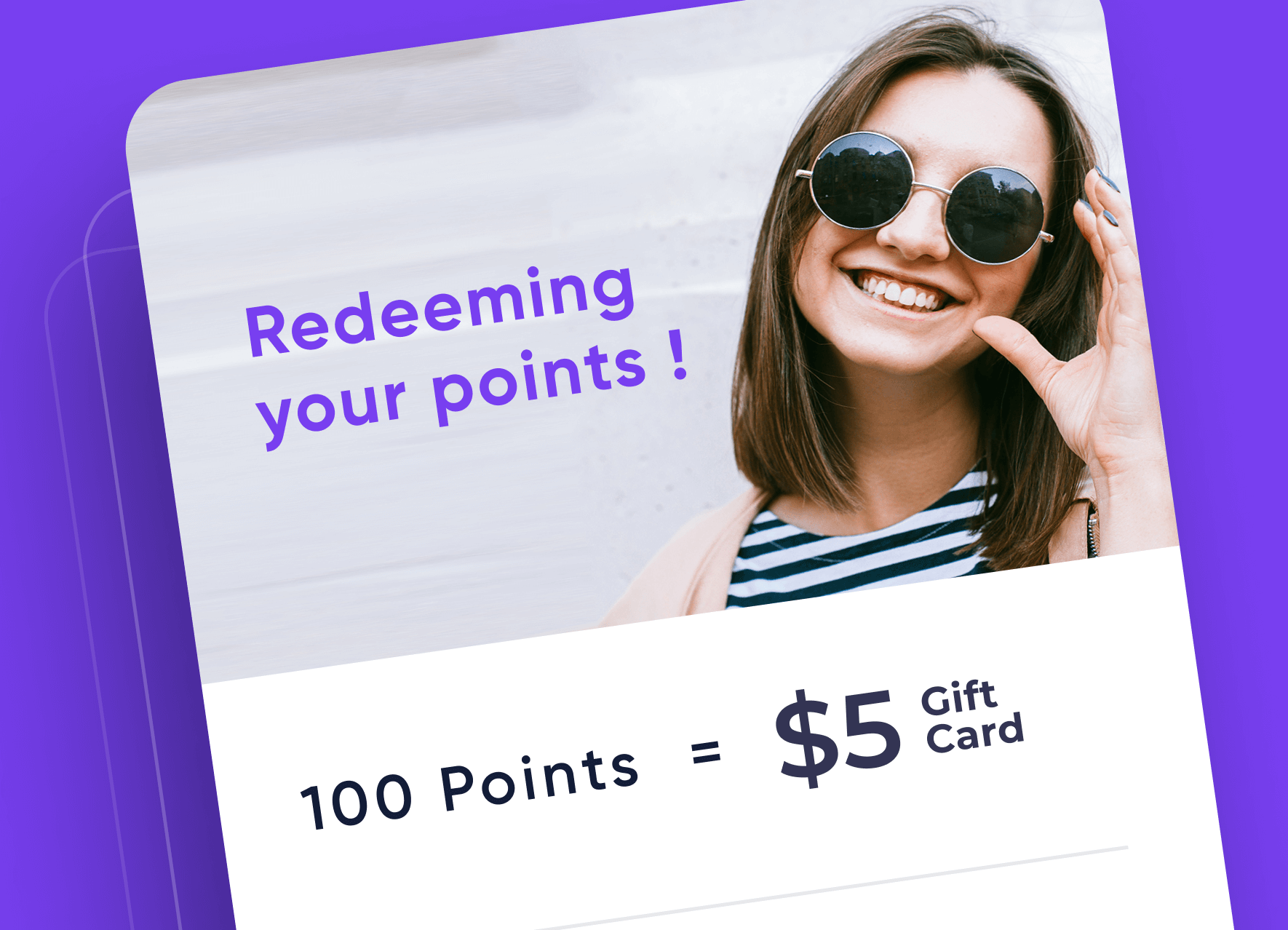
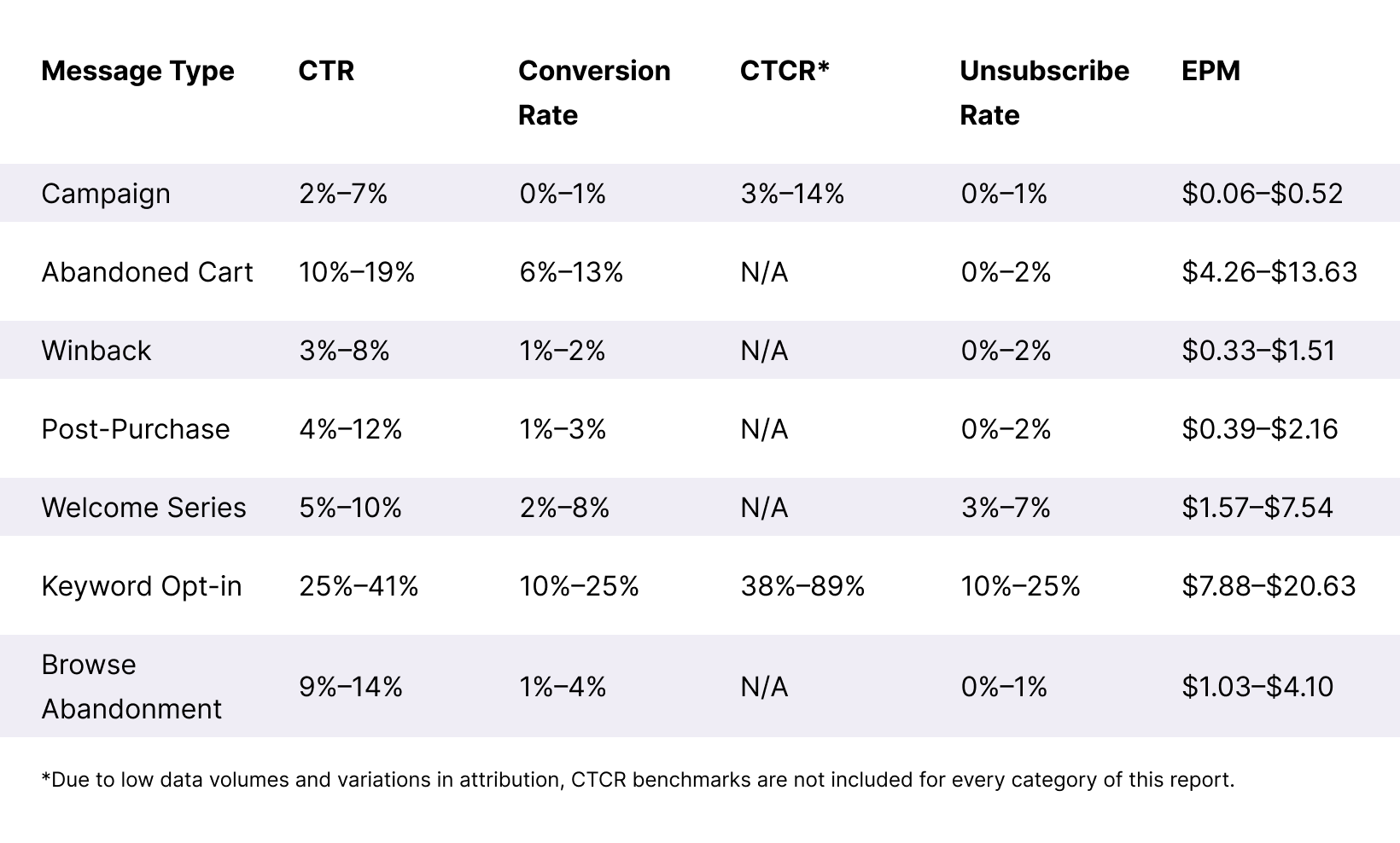
Postscript's 2023 SMS Benchmarks
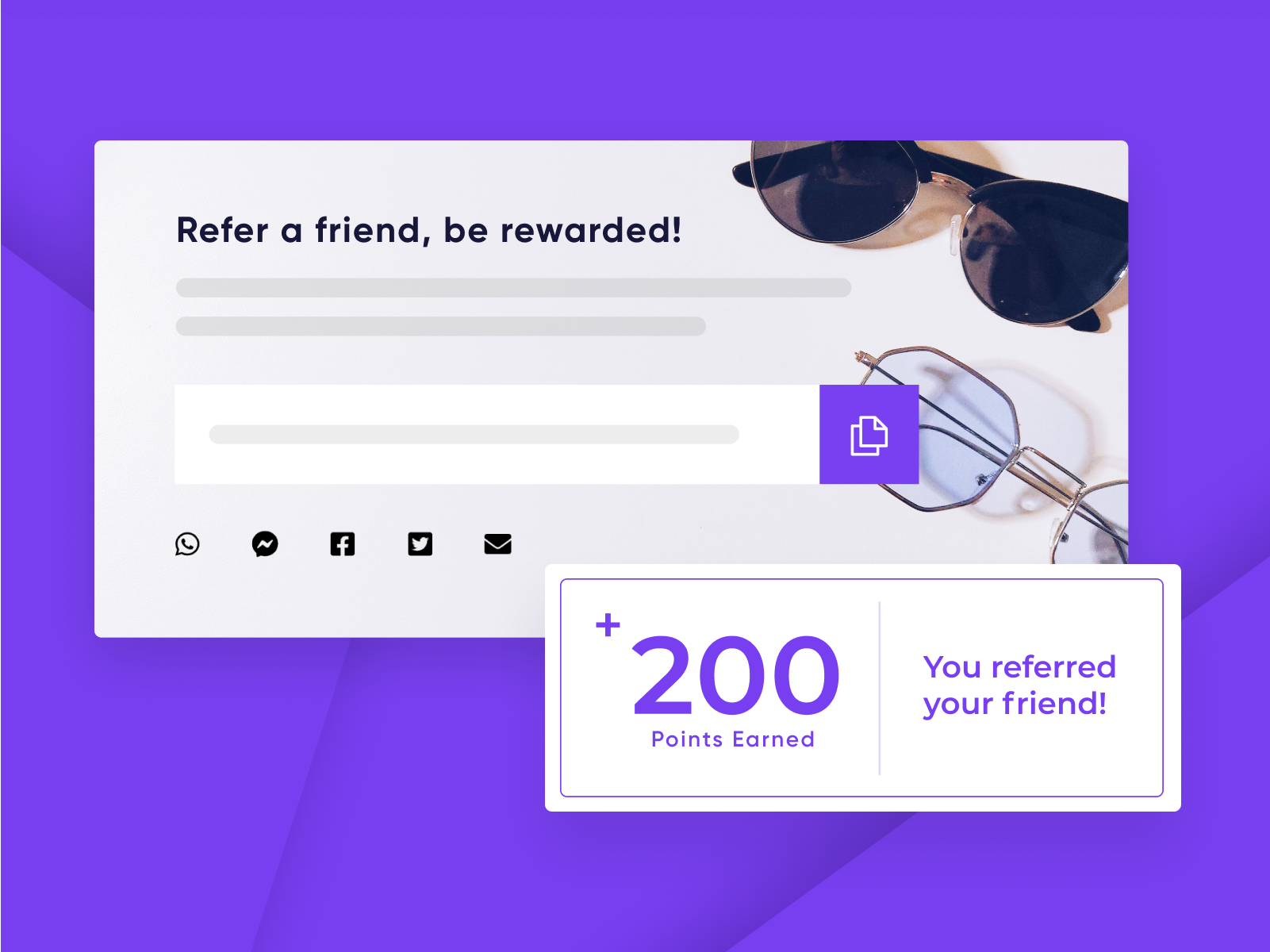
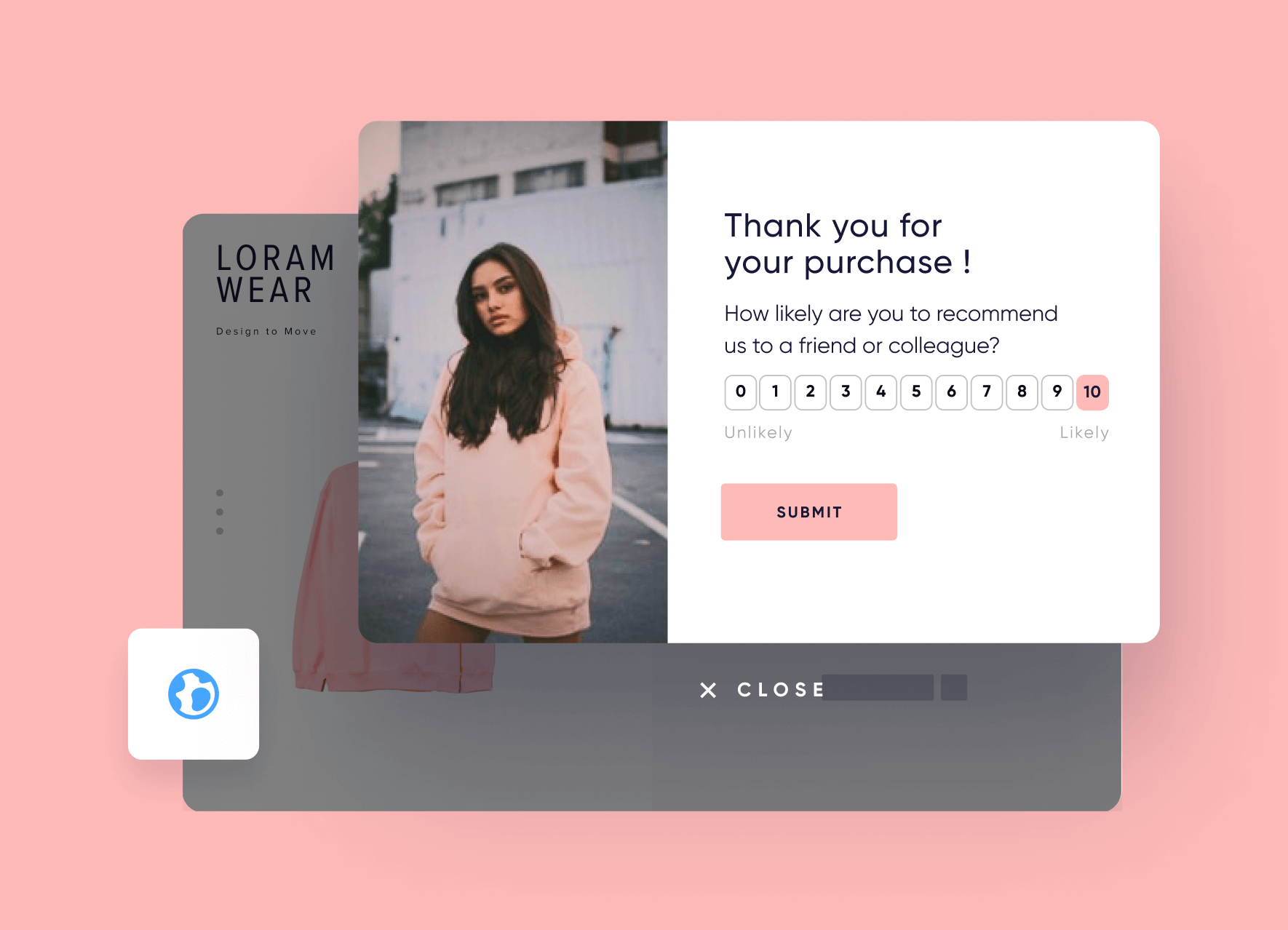
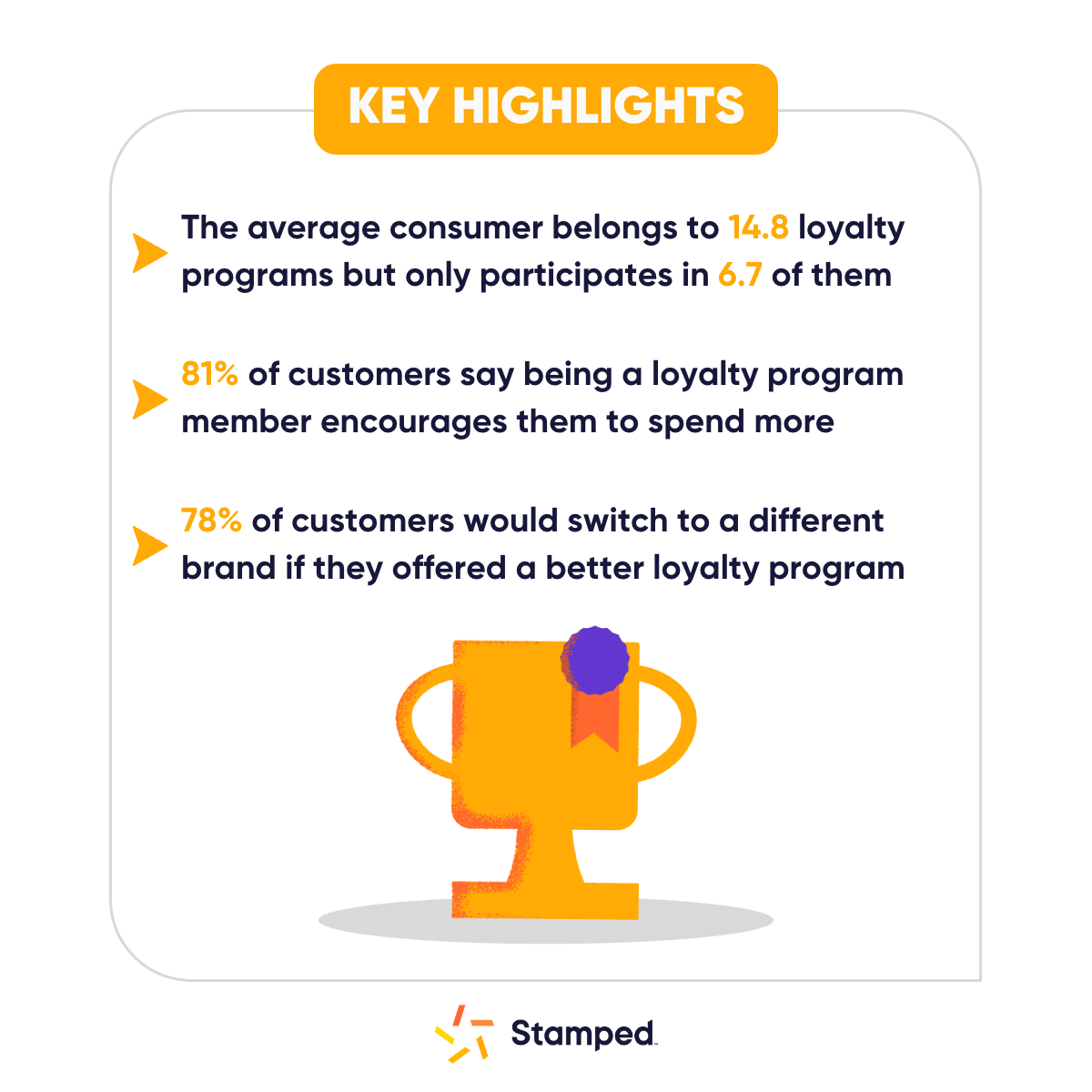


Trust Builds Brands
Sign up to see how Stamped can help your Ecommerce brand drive growth and awareness.
Sign Up Free